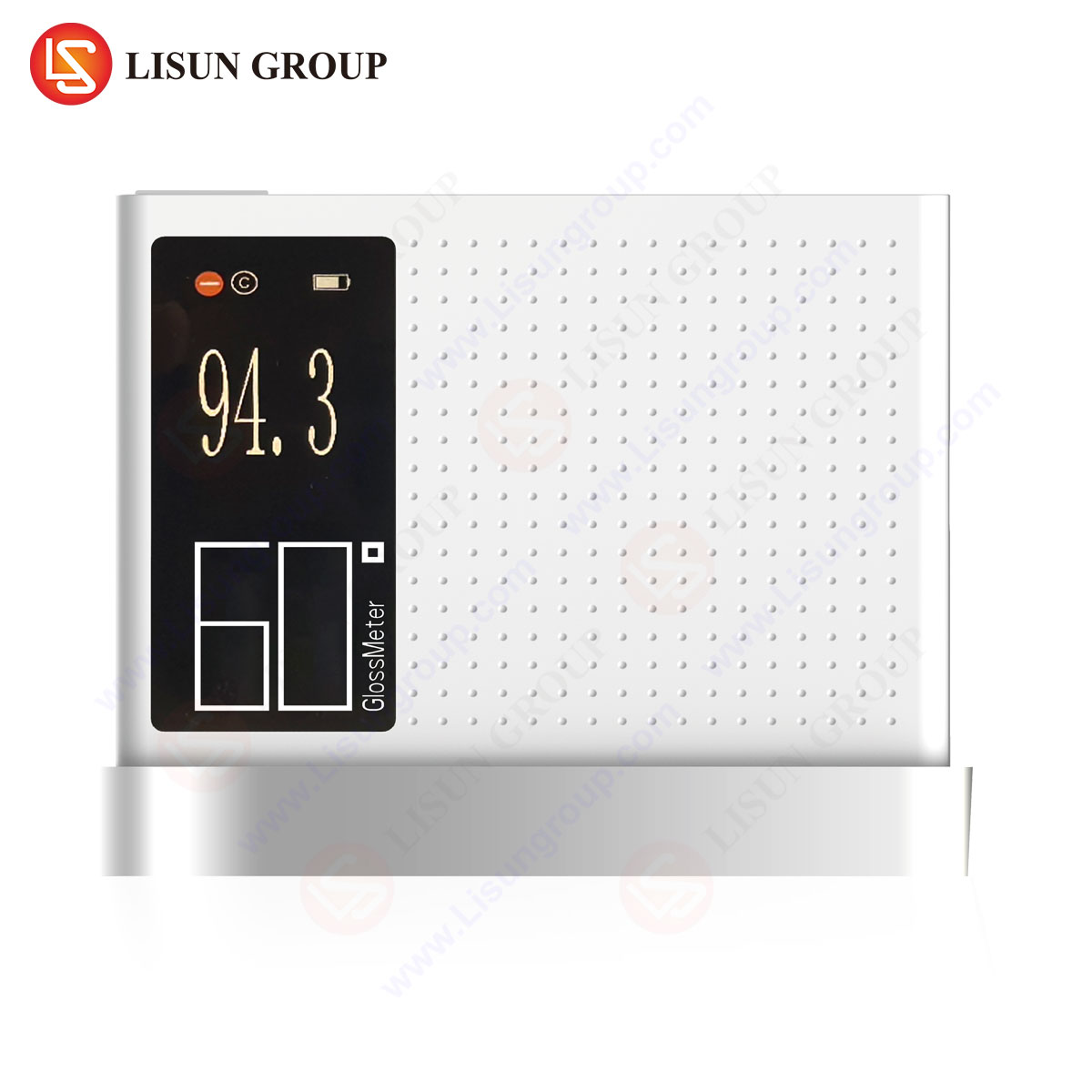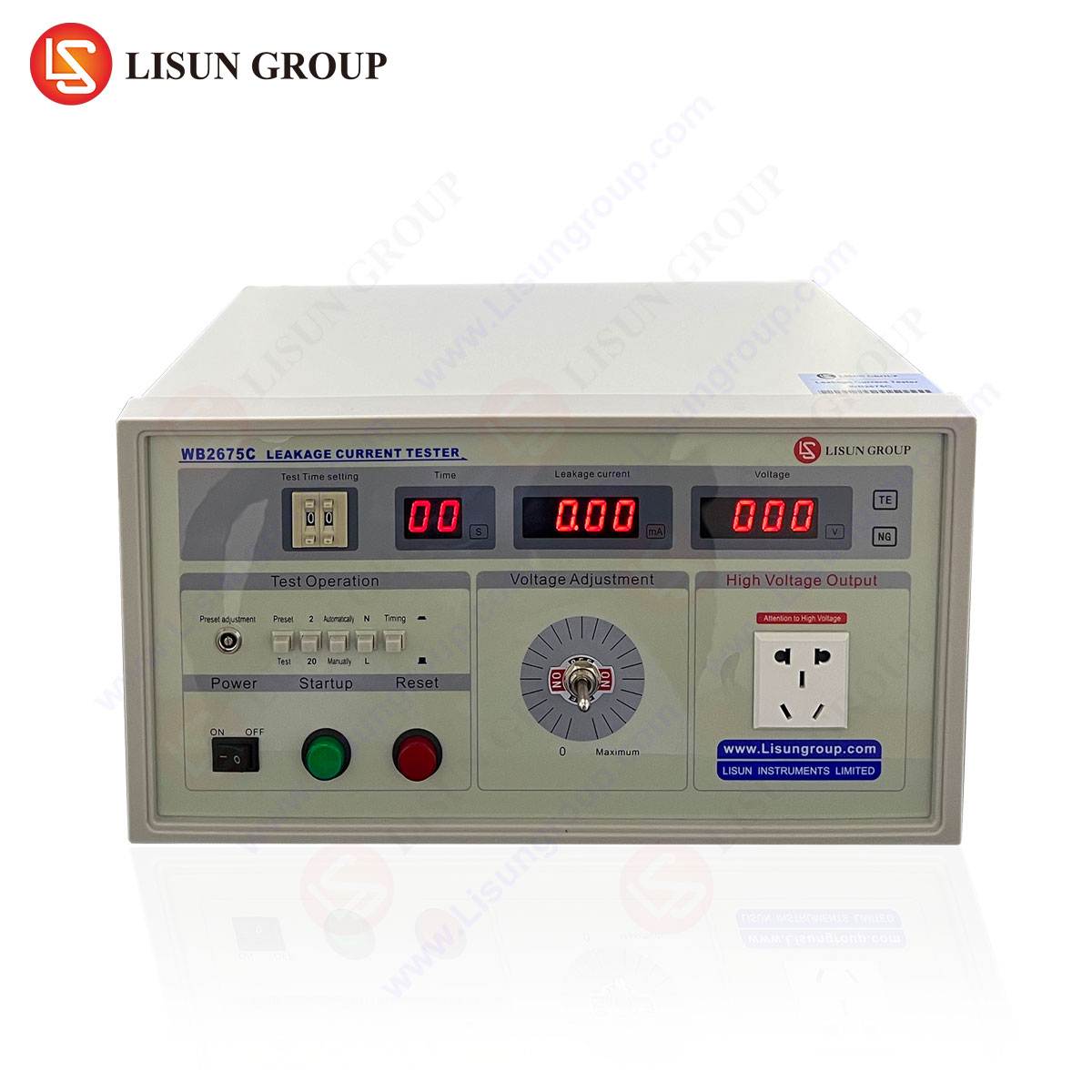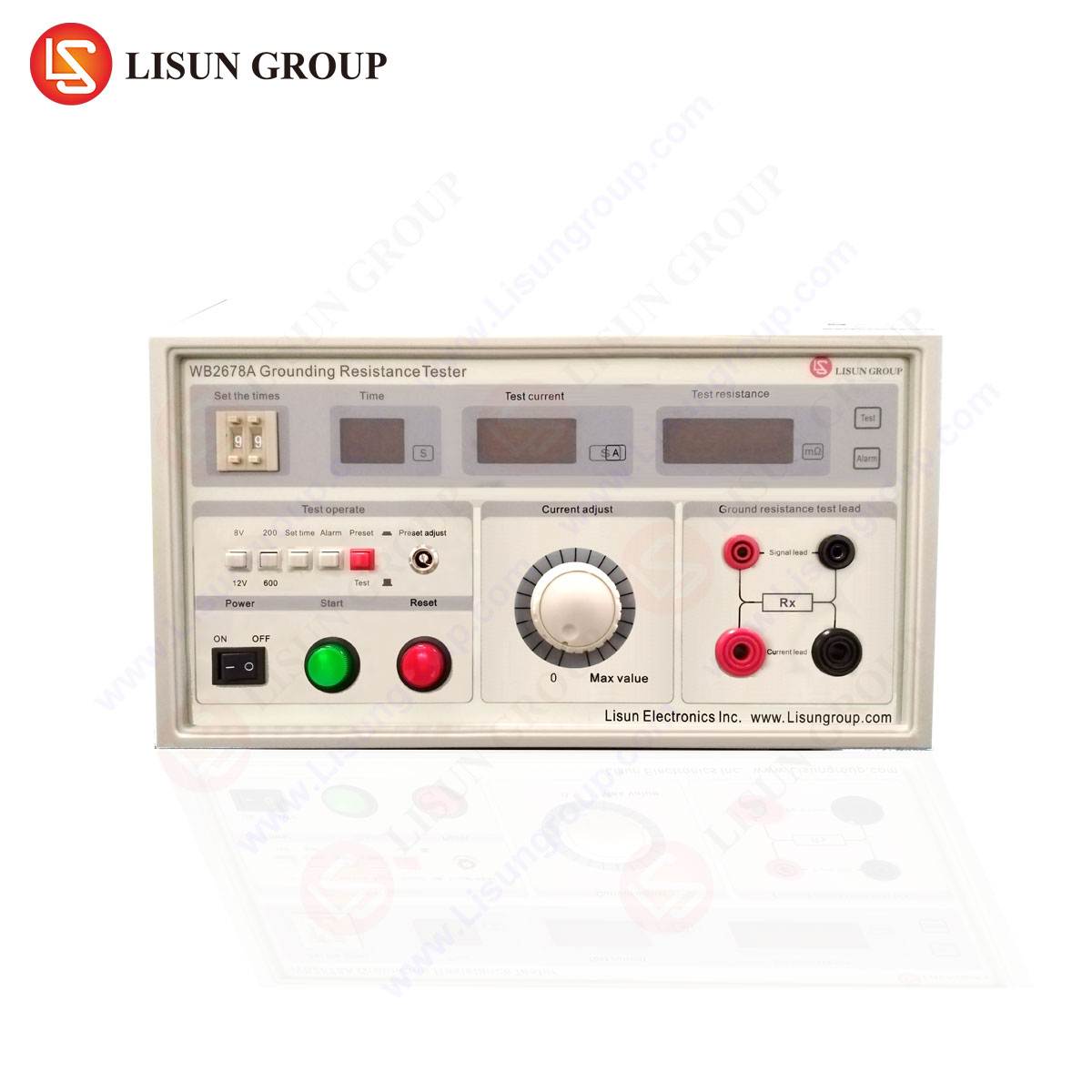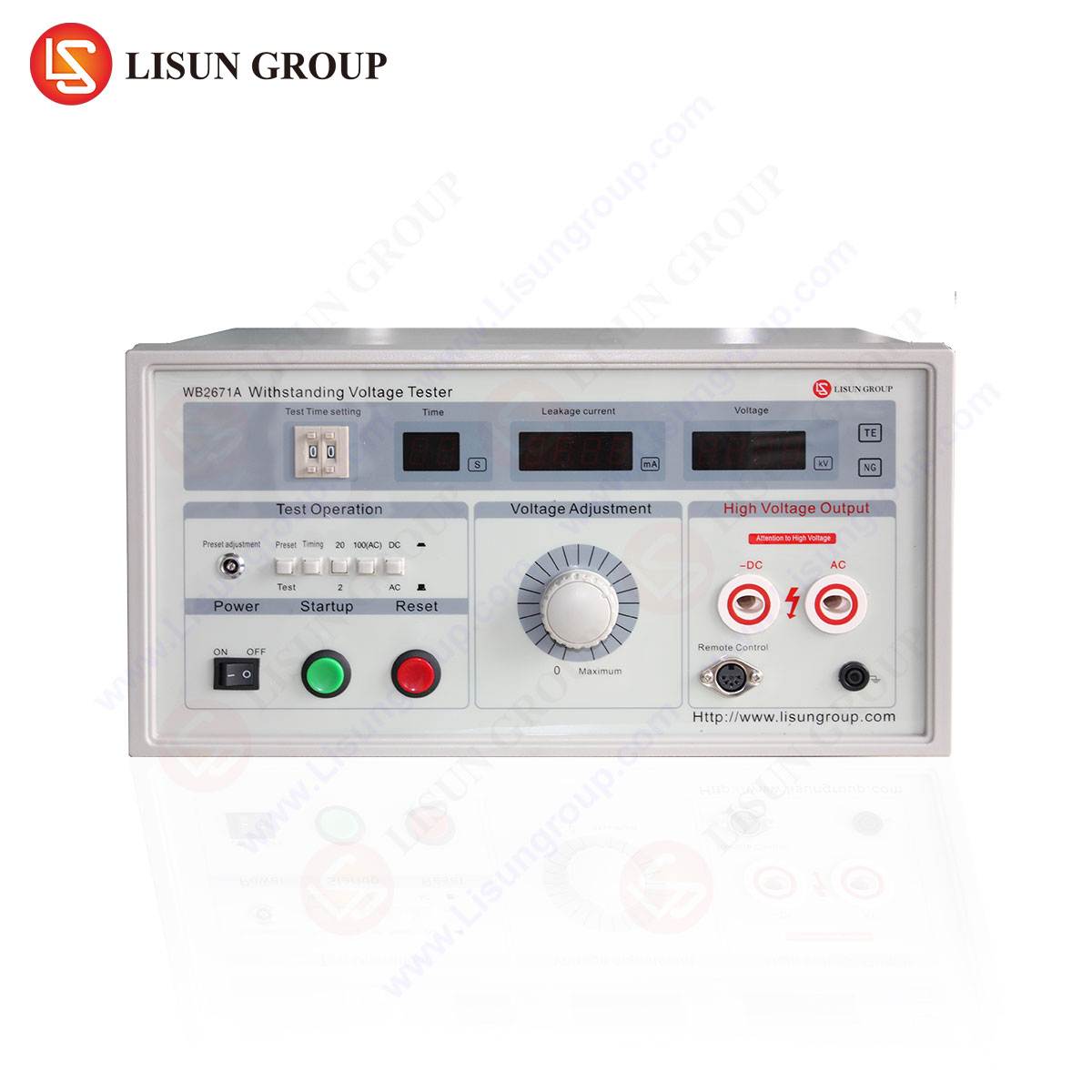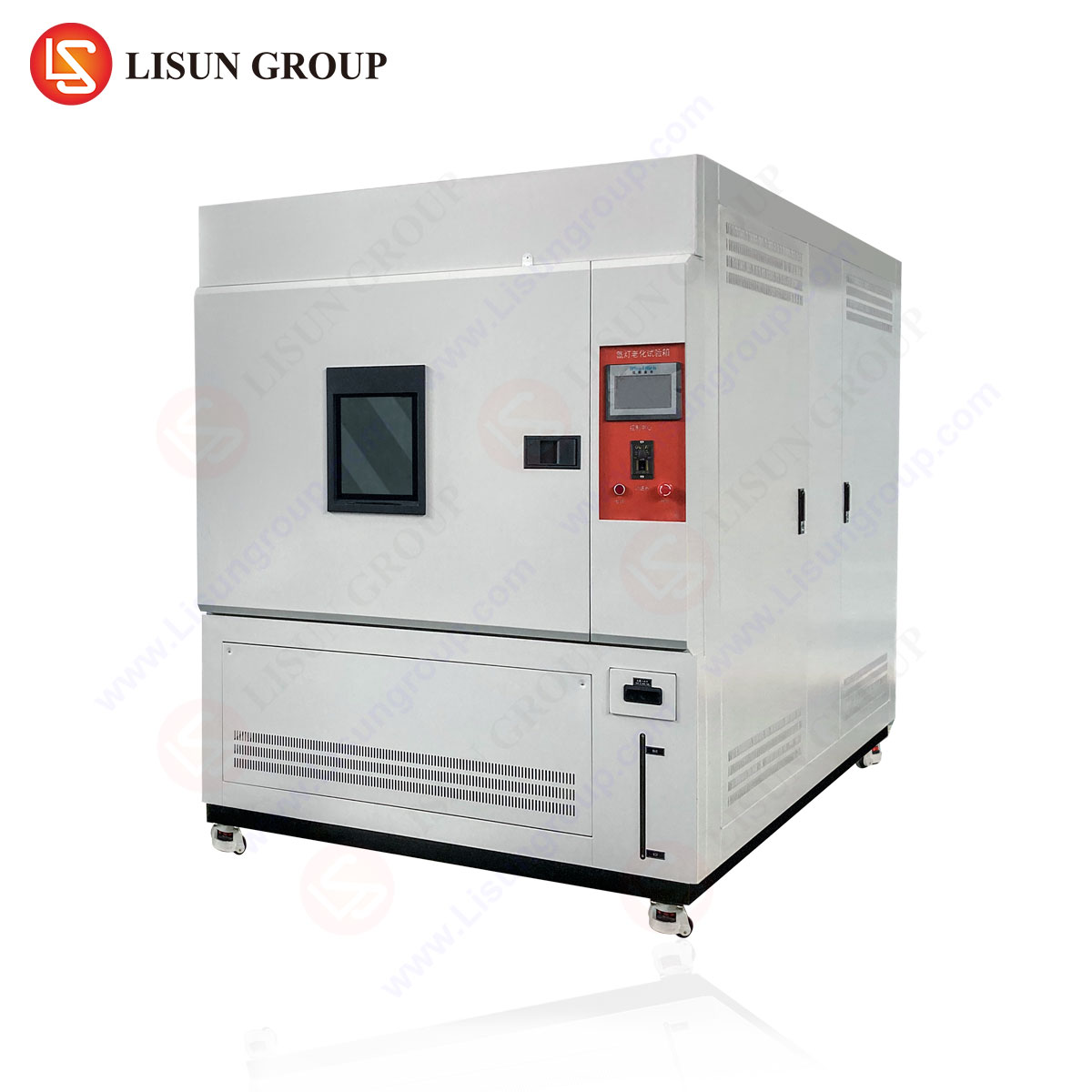Fondamenti delle prove di resistenza dell'isolamento
Insulation resistance (IR) testing is a critical diagnostic procedure used to evaluate the integrity of insulating materials in electrical and electronic systems. By applying a direct current (DC) voltage and measuring the resultant current flow, testers quantify the resistance offered by insulation, identifying potential degradation, contamination, or moisture ingress. The measured resistance, typically in megaohms (MΩ) or gigaohms (GΩ), serves as an indicator of insulation quality.
IL WB2681A Tester di resistenza di isolamento di LISUN exemplifies modern instrumentation designed for precision and reliability. It operates based on Ohm’s Law (R = V/I), where a known DC voltage is applied, and leakage current is measured to compute resistance. The device supports multiple test voltages (e.g., 50V, 100V, 250V, 500V, 1000V, 2500V, 5000V), accommodating diverse industry standards such as IEC 60664, UL 60950, and GB/T 3048.5.
Key Specifications of the WB2681A Insulation Resistance Tester
The WB2681A is engineered for high accuracy and operational flexibility, making it suitable for laboratory and field applications. Key specifications include:
- Test Voltage Range: 50V–5000V DC (adjustable in increments)
- Campo di misura: 0.01MΩ–1000GΩ
- Precisione: ±(2% + 5 digits)
- Short-Circuit Current: ≤ 2mA
- Display: Dual LCD for voltage and resistance readings
- Memory Function: Stores up to 99 test results
- Conformità: Meets IEC 61010 safety standards
These specifications ensure robust performance across industries where insulation integrity is paramount, including automotive electronics, medical devices, and aerospace components.
Principi e metodologie di test
Polarization Index (PI) and Dielectric Absorption Ratio (DAR)
Beyond basic resistance measurement, advanced diagnostics involve time-dependent tests such as the Polarization Index (PI) and Dielectric Absorption Ratio (DAR). The PI, calculated as the ratio of insulation resistance at 10 minutes to resistance at 1 minute, helps assess insulation aging. A PI below 1 indicates severe degradation, while values above 2 suggest healthy insulation.
The WB2681A automates PI and DAR calculations, streamlining compliance with IEEE 43 and ASTM D257 standards.
Test di tensione a gradini
Step voltage testing involves incrementally increasing the applied voltage to detect weaknesses at higher potentials. This method is particularly useful for identifying insulation flaws in high-voltage systems, such as power cables and industrial control panels. The WB2681A’s programmable voltage steps enhance test reproducibility.
Applicazioni specifiche per il settore
Electrical and Electronic Equipment Manufacturing
In production lines, insulation resistance testing ensures compliance with safety regulations before product release. The WB2681A is deployed for:
- Household Appliances: Verifying insulation in motors, heating elements, and wiring.
- Lighting Fixtures: Testing LED drivers and ballast insulation.
- Office Equipment: Assessing printers, copiers, and power supplies.
Automotive and Aerospace Electronics
Automotive harnesses and avionics demand stringent insulation checks due to exposure to extreme temperatures and vibrations. The WB2681A’s high-voltage capability (up to 5000V) detects microfractures in insulation coatings.
Medical Devices and Telecommunications
Medical equipment, such as MRI machines and defibrillators, requires fail-safe insulation to prevent leakage currents. Similarly, telecom base stations utilize the WB2681A for testing backup power systems and fiber-optic enclosures.
Vantaggi competitivi del modello WB2681A
Compared to conventional testers, the WB2681A offers:
- Enhanced Safety: Built-in discharge circuitry protects operators.
- Registrazione dei dati: Facilitates traceability for quality audits.
- Wide Voltage Range: Eliminates the need for multiple testers.
- User-Friendly Interface: Simplifies operation for technicians.
Best Practices for Insulation Resistance Testing
-
Pre-Test Preparations:
- Ensure equipment is de-energized.
- Clean surfaces to remove conductive contaminants.
-
Test Voltage Selection:
- Use 500V for low-voltage systems (e.g., consumer electronics).
- Apply 1000V–5000V for high-voltage cables and industrial machinery.
-
Environmental Considerations:
- Temperature and humidity affect readings; compensate using correction factors.
-
Post-Test Analysis:
- Compare results against historical data to track insulation degradation trends.
Sezione FAQ
Q1: What is the significance of the Polarization Index in insulation testing?
A1: The PI indicates insulation condition by comparing resistance values over time. A low PI suggests moisture absorption or contamination.
Q2: Can the WB2681A test insulation in live circuits?
A2: No. The device must only be used on de-energized systems to prevent damage and ensure operator safety.
Q3: How does step voltage testing improve fault detection?
A3: Incremental voltage application reveals weaknesses that may not be apparent at lower test voltages.
Q4: What industries benefit most from high-voltage insulation testing?
A4: Aerospace, automotive, and power distribution sectors, where insulation failure can lead to catastrophic outcomes.
Q5: Does the WB2681A support automated testing sequences?
A5: Yes, it features programmable test routines for PI, DAR, and step voltage tests, reducing manual intervention.


